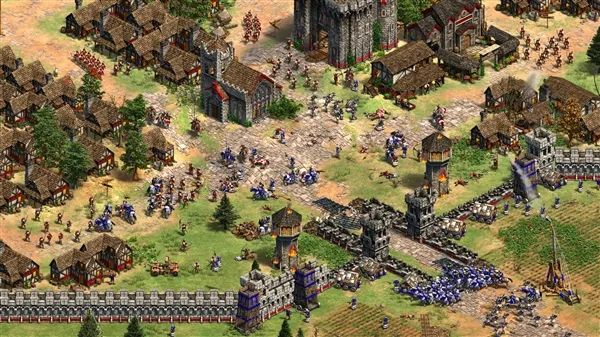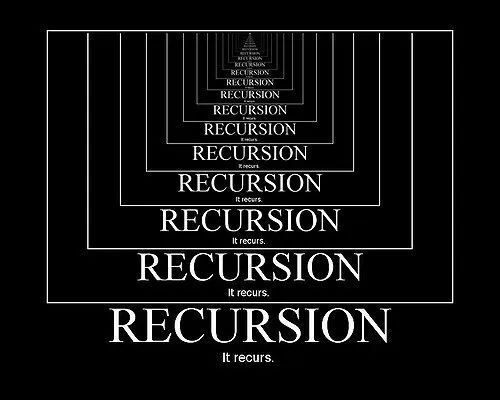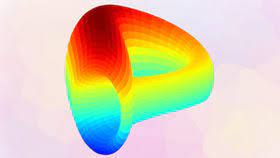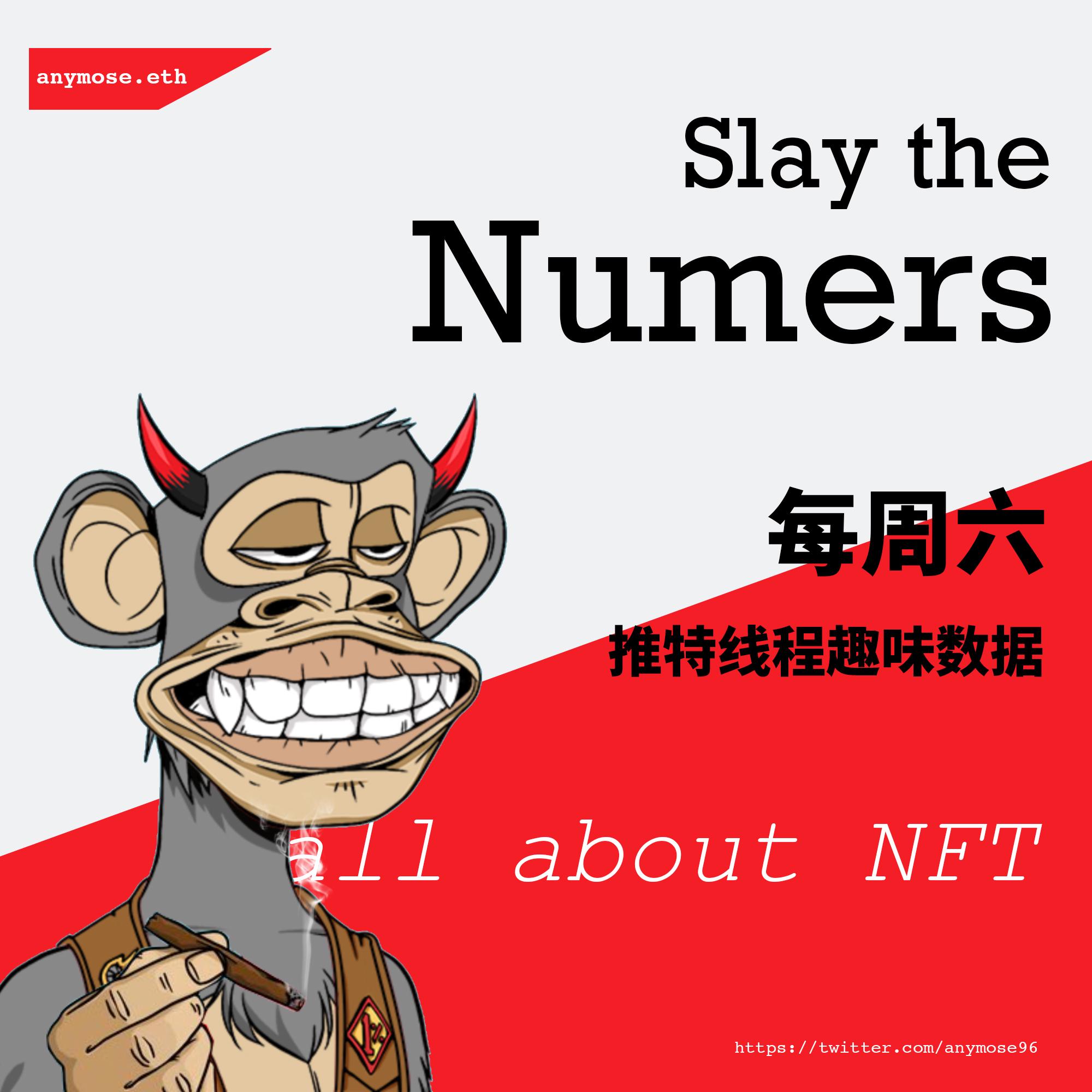How does composability enhance the openness of the autonomous world?

Author: guiltygyoza
Translation: MetaCat
Layout: MetaCat
- Layer2 is just the beginning, Ethereum will devour all blockchains.
- Li Xiaolai endorses, Luo Yonghao invests, digging into the long-standing story behind Mixin
- Opinion Blockchain with paid usage will never achieve large-scale adoption.
This is the last 2/3 of the composability engineering, the first 1/3 is here.
Engineering as creating in-the-World
Engineering is accompanied by physics: the practice of creating novel and valuable things by applying an understanding of the physics of the world. Just as any design process is constrained by certain rules that are specifically constructed and thus make the design itself possible, engineers are both constrained by and supported by the laws of physics to shape the material of the world into something valuable. Through digital physics, what can be designed in the digital world?
Take the video game “Pokémon” as an example. Given the type system, players can design optimized Pokémon teams to counter specific type combinations in opponent teams.

Take the electronic game “Age of Empires” as an example. With the consideration of the counter system, players can design armies with mixed unit types that can be optimized against specific unit types in opponent teams and also against specific unit types within the same team.

Players can design new works in the world within the constraints of digital physics. However, for the above two examples, a deeper dig reveals an insurmountable wall: players cannot design individual Pokémon or design military unit types. Such engineering activities do not have the support of the laws of physics in these digital worlds. The new Pokémon and new military units are not designed within the world but introduced into the world by the developers of these worlds: the gods of these worlds that transcend their narrative boundaries. This means that the superset of “Pokémon” itself is part of the digital physics of the “Pokémon” digital world, and the superset of military units is part of the digital physics of the “Age of Empires” digital world.
This setup makes it difficult for these worlds to maintain their interest because:
- The dramatics of the world partly depend on the sum of objects present in it.
- This setup requires the gods of the world to continue injecting new objects to maintain interest.
When the sum of objects is in a stagnant state, regardless of how their composability is, their combinations tend to saturate. “Meta”: the core strategy that stands out in the world has already taken shape and become rigid. The allocation of resources and power among human participants also tends to stagnate. All these influences suppress interest. In our physical world, new things constantly emerge through natural evolution or human discoveries and inventions, breaking existing civilizations and social norms, triggering dramatic events.
The adaptive mutation of the virus (Covid-19) has led to a global supply chain collapse. The invention of printing created an imaginary community among strangers, giving rise to nation-states. If everything in the world is determined by a single company, then the world would be subject to the lifespan of that company, as well as its transportation capacity and willingness: the autonomy of the world would be diminished.
For a self-governing world that seeks ongoing human participation, it requires continuous interest. In the digital world beyond blockchain, all the elements such as Pokémon, military units, usable equipment, consumables, vehicles, spellcasting, and all the contents in the technology tree and skill tree are typically defined by a single deity, and these elements are often referred to as the features of the world. For a self-governing world with rich digital physics, they can be “inventions in the world”: invented from within by its inhabitants rather than introduced from outside by its deity, thus maintaining the autonomy of the world. The implementation of blockchain to achieve rich digital physics may not be technical, but cultural and philosophical, driven by a desire for infinite duration in the digital world compared to the centralized-driven world.
Composable Engineering
The Tower of Human Knowledge is created by the combination of knowledge: recombining existing knowledge to unleash new cognitive and practical possibilities. For example, Galileo combined the knowledge of constructing telescopes with the knowledge of precise mapping through mechanical devices, producing knowledge that contradicts the teachings of the church regarding celestial movements. This knowledge has had a lasting impact and laid the foundation for almost all physical sciences that followed. When the construction of knowledge is obstructed, human progress slows down.
Composable engineering is defined here as the selectability of a world, allowing for the recursive combination of engineering artifacts without limitation on the depth of recursion. For example, the engineering of Pokémon teams produces an object with a recursion depth of zero, making the team non-composable. Forming a squad to battle against other separate squads; in the digital world of “Pokémon,” no superstructure can be built on top of the team.

Enabling the system to be recursively composable may mean that multiple teams can form a pool together with team selection strategies, which take opponent teams as input and return the most effective team to counter the opponent teams from the pool. We can refer to this formation of teams and selection strategies as a “battle group.” To recursively go one level further, imagine multiple players, each controlling a battle group, forming an army to fight against another army. In the battalion-level battle, each battle group acts as a chess piece, moving as an atomic unit on the map, and there may be special rules regarding how battalion-level resources are shared among battle groups on the map, such as morale tables, anger calculations, or supply quantities.
Please note that the game mechanics may change when we recurse, and the game mechanics at different recursion depths may also be interdependent. There may also be special rules regarding how to share squad-level resources (such as morale, anger, or supply) among combat groups on the map.
Composable engineering artifacts in the autonomous world will allow the invention of compounds, enabling the same knowledge combination process that drives human history in the physical world to drive the evolution of our digital world. Composable engineering also allows for knowledge encapsulation, which means “I don’t need to understand every detail of what you’ve invented to incorporate it into my invention process.” Knowledge encapsulation is somewhat equivalent to the separation of concerns principle in software development.
By implementing separation of concerns, it is possible to imagine and accomplish large-scale engineering tasks by linking together small-scale engineering tasks. Different tasks require different skills and types of resources, naturally encouraging labor specialization. With labor specialization, it is possible to enter the world in different ways, which means more diversity and more life in the world.
As a concluding thought, by introducing certain cryptographic primitives into the underlying technology stack of our autonomous world, information asymmetry can be introduced across compositional boundaries: “I not only don’t need to understand every detail of what you’ve invented, but I also can’t reach the peak to enter your invention, but through certain publicly quantifiable measures, I have confidence in the practicality of your invention, so I will trade with you and incorporate your invention into my invention process.” This asymmetry provides inventors with the choice to hide the details of their invention and protects intellectual property.
Related articles:
Autonomous World and Full-chain Games
Full-chain Games: Typical Cases of the Autonomous World
“Digital Physics” in Full-chain Games
Why Do We Need the Autonomous World?
Why Build Onchain Realities?
Media, Rollup, and Digital Physics: Exciting New Things That Make Faster and Cheaper Old Things
We will continue to update Blocking; if you have any questions or suggestions, please contact us!
Was this article helpful?
93 out of 132 found this helpful
Related articles
- Comparing the current regulatory status of stablecoins in various countries and looking forward to future policy trends
- Opinion The blockchain industry is transitioning from narrative logic to application logic.
- Innovation of Application Chains Can Mesh Security revitalize the Osmosis ecosystem?
- Understanding Farcaster, the decentralized social network strongly promoted by Vitalik’ OR ‘Understanding Farcaster, the decentralized social network strongly advocated by Vitalik
- Traditional institutions are eager to try, and RWA is finally taking off.
- Ghost in the Blockchain International Top Hacker Organization Steals Digital Assets Worth at Least $1 Billion
- Why build Onchain Realities?






